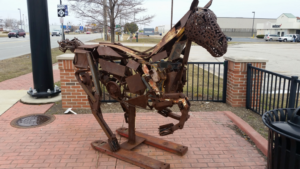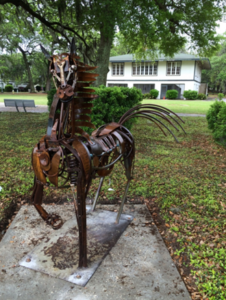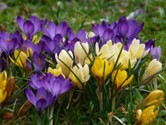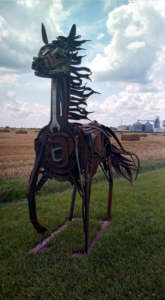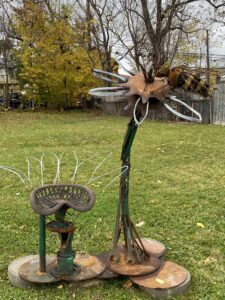Daffodils
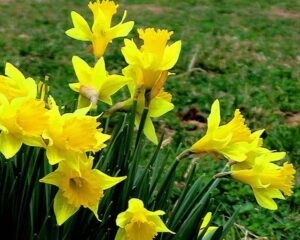
The daffodil is easily recognized for its bright yellow, abundantly growing blooms, in early spring. If just looking at these yellow flowers makes you smile and feel a glow inside, you are not alone. Daffodils are not only a well-recognized symbol of spring, but they also symbolize rebirth, new beginnings, hope and joy! They celebrate the arrival of spring and the end of winter.
Because they emerge from bulbs, with the warmth of spring, and after the cold of winter is over, they are powerful symbols of renewal and a fresh start. Because of their cheerful appearance, they do make us feel optimistic and happy and are known as a symbol of hope and joy. Because they have survived the long, cold winter, year after year, sometimes under snow and ice and other harsh conditions, they also represent resilience. And if that is not enough, their unique shape and vibrant yellow color are believed to inspire creativity and imagination.
In some cultures, daffodils bring good luck and prosperity. They are the birth flower for the month of March, and the flower for the 10th wedding anniversary. Because they are believed to instill hope, the American Cancer Association chose the humble daffodil as their official symbol in hoping for a cure. It is also a flower associated with Easter, representing not only renewal of life, but also the hope of eternal salvation.
Daffodils are easy to grow, and once planted they will usually come back, year after year; however, it is best to wait until fall, late September to early November, before the ground freezes, to plant them. Choose a sunny location, or partial shade, and dig a hole about six inches deep, placing the bulb pointy end up and bulbs about five to six inches apart. Water well, but be sure the soil is well-drained. Daffodils cannot survive in soggy conditions.
After the flowers are done blooming, cut back the stem, but leave the foliage to die back naturally. This will allow the bulb to store energy for next year’s blooms. When you plant your daffodil bulbs, plant a bunch of them, which symbolizes good luck and happiness, as a single daffodil symbolizes misfortune. Where it is often the custom to gift a single rose, do not extend the custom to the daffodil family.
The botanical name for the daffodil is narcissus. In Greek mythology, Narcissus was a young man known for his beauty. He was tricked into falling in love with his own reflection while looking into a pond of water. The drooping flowers that characterize the daffodil are purported to represent Narcissus, this young man.
By Linda Morrison / Idaho County Free Press
Enjoy the over 1,800 we have planted by various sculptures.
Be sure to like us on Facebook https://www.facebook.com/MCEP99/

